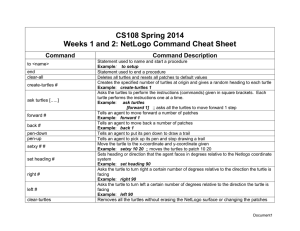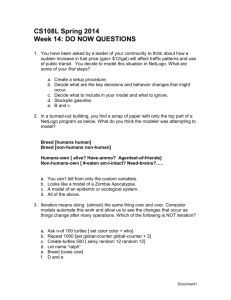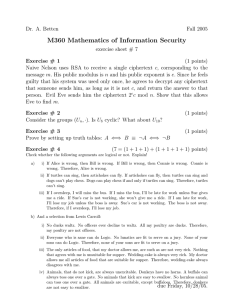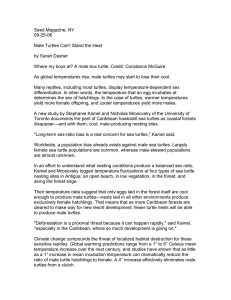An Application of Set Theory to Cosmology
advertisement
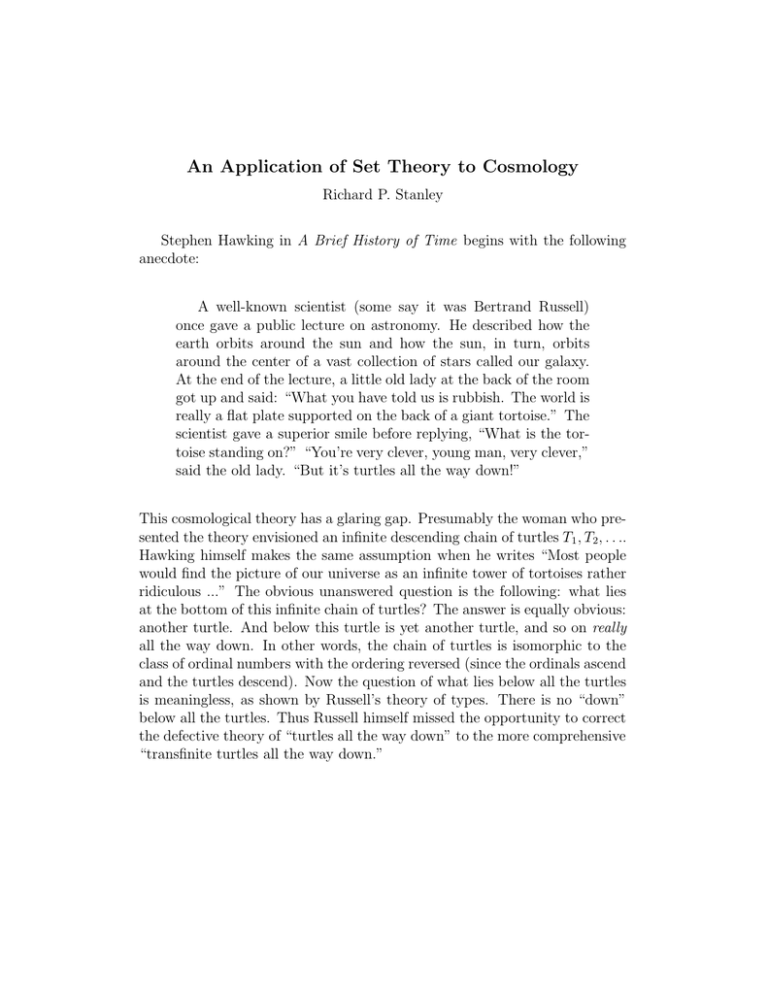
An Application of Set Theory to Cosmology Richard P. Stanley Stephen Hawking in A Brief History of Time begins with the following anecdote: A well-known scientist (some say it was Bertrand Russell) once gave a public lecture on astronomy. He described how the earth orbits around the sun and how the sun, in turn, orbits around the center of a vast collection of stars called our galaxy. At the end of the lecture, a little old lady at the back of the room got up and said: “What you have told us is rubbish. The world is really a flat plate supported on the back of a giant tortoise.” The scientist gave a superior smile before replying, “What is the tortoise standing on?” “You’re very clever, young man, very clever,” said the old lady. “But it’s turtles all the way down!” This cosmological theory has a glaring gap. Presumably the woman who presented the theory envisioned an infinite descending chain of turtles T1 , T2 , . . .. Hawking himself makes the same assumption when he writes “Most people would find the picture of our universe as an infinite tower of tortoises rather ridiculous ...” The obvious unanswered question is the following: what lies at the bottom of this infinite chain of turtles? The answer is equally obvious: another turtle. And below this turtle is yet another turtle, and so on really all the way down. In other words, the chain of turtles is isomorphic to the class of ordinal numbers with the ordering reversed (since the ordinals ascend and the turtles descend). Now the question of what lies below all the turtles is meaningless, as shown by Russell’s theory of types. There is no “down” below all the turtles. Thus Russell himself missed the opportunity to correct the defective theory of “turtles all the way down” to the more comprehensive “transfinite turtles all the way down.”







